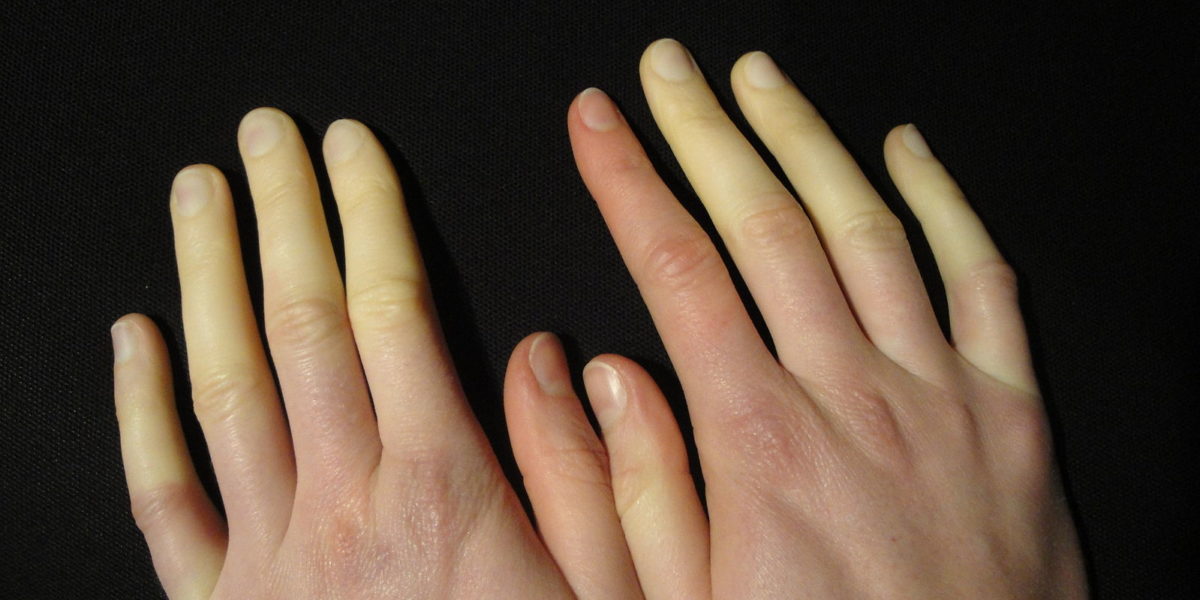Sickle cell disease is one of the most inherited blood disorders with around 100,000 people affected in the United States and millions more worldwide. Essentially, it is recognized by red blood cells (RBCs) that change from their flexible, biconcave shape to a rigid, sickle-like shape. But how do sickle cells affect blood flow and contribute to serious complications?
Continue reading “The Hidden Forces Behind Sickle Cells”Tag: other disease
Ventilators: Know About Them Before You Need One
All jokes aside, our respiratory health is something most people take for granted every day. Quite literally, there is a colloquial phrase that exists to motivate people to do a task so often, that it comes as naturally as breathing. However, we do not control our breathing as much as this phrase suggests. In fact, when we are not paying attention, we do not control our breathing at all. Our autonomic nervous system performs the vital functions of inspiration and expiration for us of breathing in and breathing out. Without such a system, I surely would not want to fall asleep at night! But what happens when our respiratory health declines? How do we support people’s respiration when their bodies are not able to? Our answer is ventilators.
Continue reading “Ventilators: Know About Them Before You Need One”Footsteps and Force-Waves: New Methods of Measuring Lymphedema
The lymphatic system is a system of vessels and lymph nodes that runs parallel to our vascular system. It takes up extra fluid from around our cells, filters it, and returns the liquid to our circulatory system. When part of the lymphatic system is damaged by surgery, radiation treatments, or injury, a progressive disease called lymphedema can occur.
Continue reading “Footsteps and Force-Waves: New Methods of Measuring Lymphedema”Scleroderma and Raynaud’s Phenomenon: Cold Weather’s Influence on Skin
Anyone who is familiar with winters that are mainly at temperatures in single digit range knows how crucial gloves are to surviving the tough, frigid weather. If one was to go outside without them, their hands become extremely pale (or sometimes almost blue) and, once back inside, take a bit of time to get back to normal. It’s a tough life, I know, but people with a scleroderma have an even harder time surviving the winter. What is scleroderma, you ask? Scleroderma is an autoimmune disease that causes skin and internal organs to thicken, and if that wasn’t tough enough, a good chunk of people with it also experience secondary Raynaud’s phenomenon, which is an exaggerated vasoconstriction of arterioles in response to cold weather and causes a drop in blood flow. The main, visible outcome from this disease is how the skin whitens and swells. Problems must ensue from the combination of thick skin and lack of blood flow to the extremities, right?
Continue reading “Scleroderma and Raynaud’s Phenomenon: Cold Weather’s Influence on Skin”


